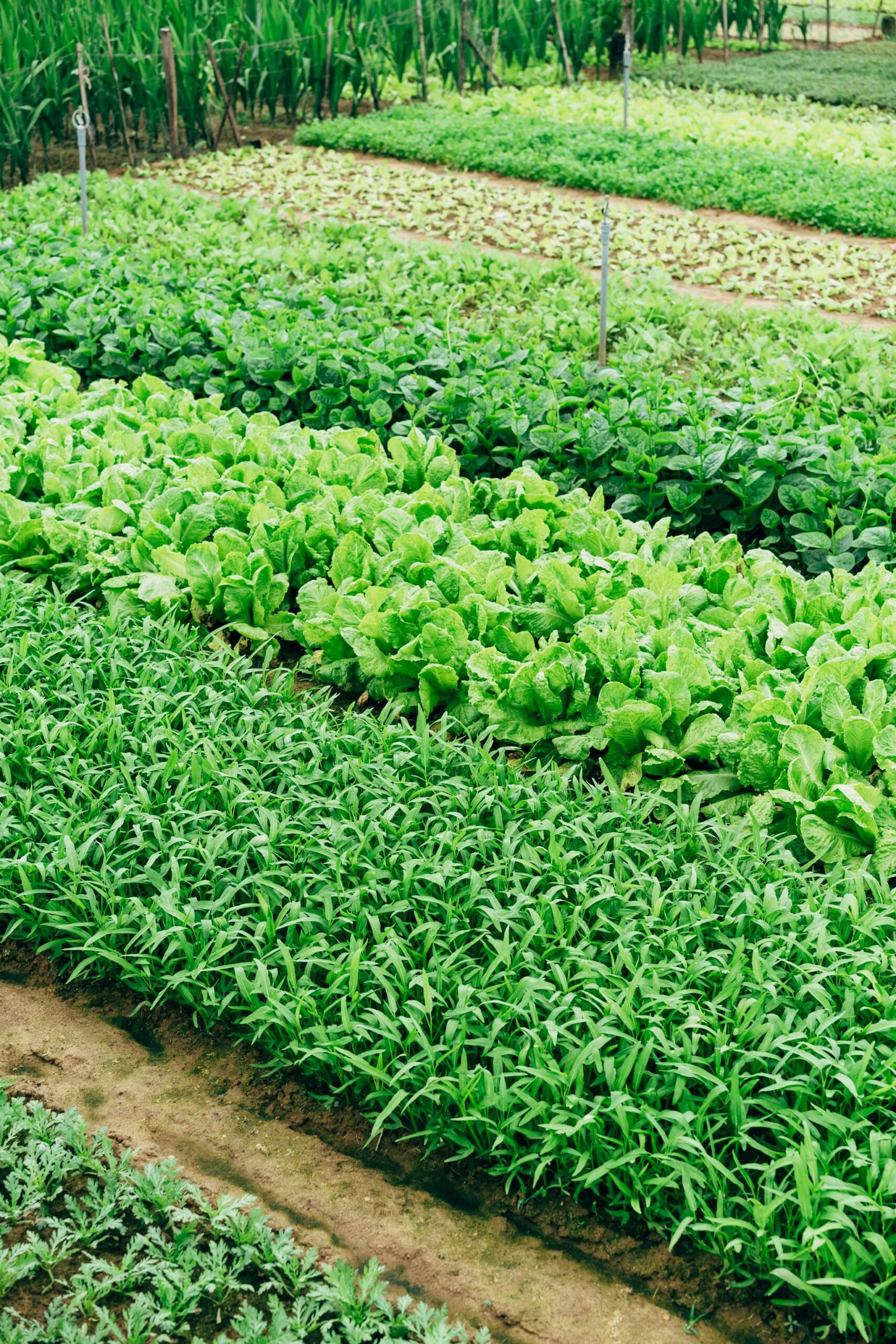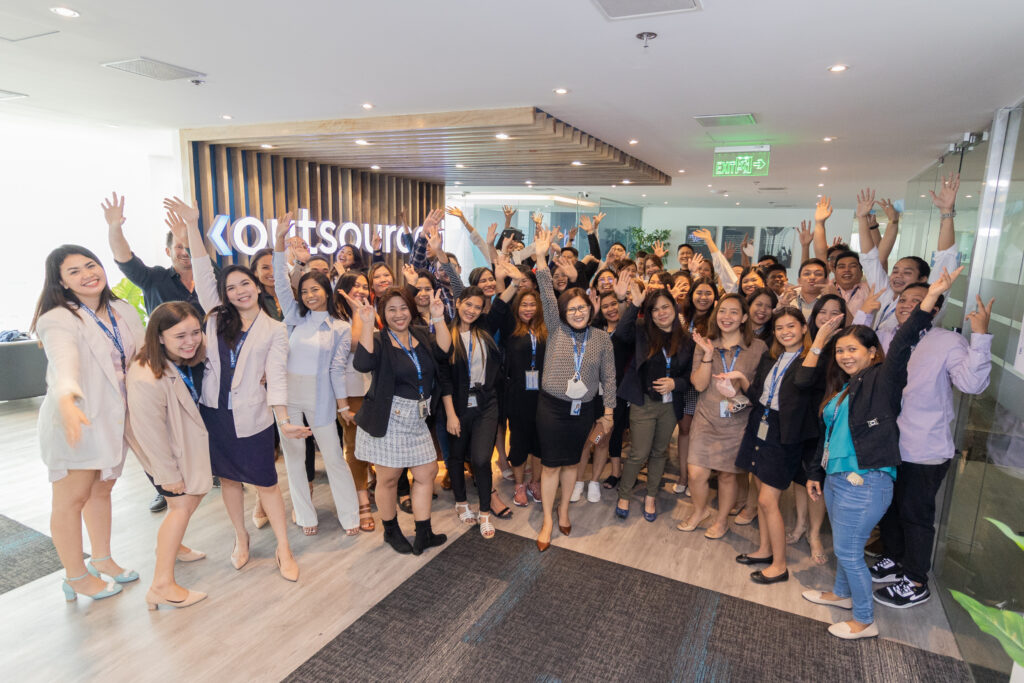Image credit: Unsplash
As climate change’s severity worsens, more solutions are being implemented and sought after to help mitigate and reverse greenhouse emissions. The food sector is one of the primary contributors to these emissions, resulting in one-third of emissions annually. Food systems create massive losses in biodiversity and have resulted in 70% of freshwater withdrawals, necessitating new agricultural technologies and techniques to compensate.
According to the Food and Land Use Coalition, half of food system emissions stem from agricultural production and land use on behalf of corporate value chains, resulting in food brands playing a major role in food system alteration. As such, investors like Federated Hermes are pushing these brands and other companies in the food and agriculture sectors to adopt regenerative agricultural practices to honor their net zero agreements in reducing their greenhouse gas emissions.
Regenerative agriculture reduces water and chemical use to help prevent land and water degradation while replenishing soil health and biodiversity on and near agricultural sites, minimizing carbon production in the process.
Practices incorporating regenerative agriculture include reduced tillage, mitigating soil erosion, and utilizing biochar fertilizers while making other fertilizers more precise to reduce the potential for runoff. Implementing these practices could cut the global food system’s greenhouse gas (GHG) emissions in half by 2030 while reducing the negative impacts of farming on plants, wildlife, and freshwater.
Regenerative agriculture is not a perfect solution, however, as the responsibility for its implementation often falls onto poorly paid farmers who lack real motivation to implement these policies since they lead to added costs and a short-term decrease in yields for individuals already hurting from climate change’s cumulative economic impacts.
One method to address these problems of prohibitive expenses is to have companies further up the chain take the risk instead of the workers, though despite the effects on revenue appearing comparatively smaller (3% for a typical meat trader versus 17% for a large-scale meat farm according to the World Business Council for Sustainable Development and fellow organizations), these larger companies are generally reticent to take on the costs of this transition.
According to the World Benchmarking Alliance, around 27% of agricultural companies indirectly support farmers through procurement and pricing practices, but fewer than 4% actually incorporate more nuanced data like living income benchmarks and income gaps.
Some individuals, such as Milindi Sibomana, chief agriculture officer at One Acre Fund, an agricultural service provider supporting Africa’s smallholder farmers, accept the need for corporate financial support. He does note, however, that smallholders need more than funding for transitioning into regenerative agriculture, as these finances would only end up paying out as much as if the farmers continued using their previous, likely less time-intensive methods.
Instead, Sibomana argues, “Most of the farmers that we work with need to get a financial return in that particular season. For a short period of one to three years, it’s really an uphill battle because no one is willing to put in place a financial incentive.”
Rob Cameron, global head of public affairs and ESG engagement at Nestle, likewise states “This is a mindset shift we need to start because, frankly, I’m sick and tired of hearing again and again that it’s got to be a just transition—the reason we’re in this mess is because we didn’t think about people’s livelihoods in the first place.”















































































































































